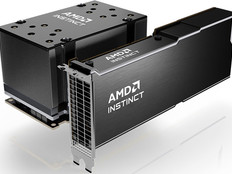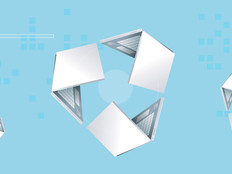New IT Costs Less When Residual Value Is Part of the Negotiation
That sort of plan allows an agency to roll the residual value of the equipment it no longer wants to offset the cost of upgraded technology, meaning that the agency can negotiate a lower price for the new IT, and that technology lifecycle management also becomes a bit more organized and predictable.
Device as a Service solutions really lend themselves to this manner of business. In other as-a-service solutions, we sell new goods to our customers, and when they’re ready to refresh, they come back to us and buy more new goods. But previously, we had only a small part in how they disposed of the older technology. With DaaS, when they’re ready to refresh, we — the outside vendor — take the equipment off their hands and coordinate the IT asset disposition.
For CDW, the DaaS program has really connected us with IT asset disposition, and adds another layer to relationships with customers. Now, we provide a critical service that helps them with full IT lifecycle management. We can look at the mission that the federal government is trying to achieve, and help an agency choose the best approach to IT lifecycle management.
Then we can help with finding the most cost-effective way to deal with old equipment when the agency no longer needs it. As a rule, buying technology and disposing of it every three to five years isn’t the most cost-effective approach for enterprises that aren’t in the asset disposal business.
IT asset disposition is a big part of lifecycle management, and while CDW has a long history with the beginning of the cycle, we’re finding that it’s just as valuable to be involved with the end. We link those two moments to create a circle, looking for ways to benefit the customer so that they get the most value possible from their IT purchases — and can afford the new technology as well.
This article is part of FedTech’s CapITal blog series. Please join the discussion on Twitter by using the #FedIT hashtag.












